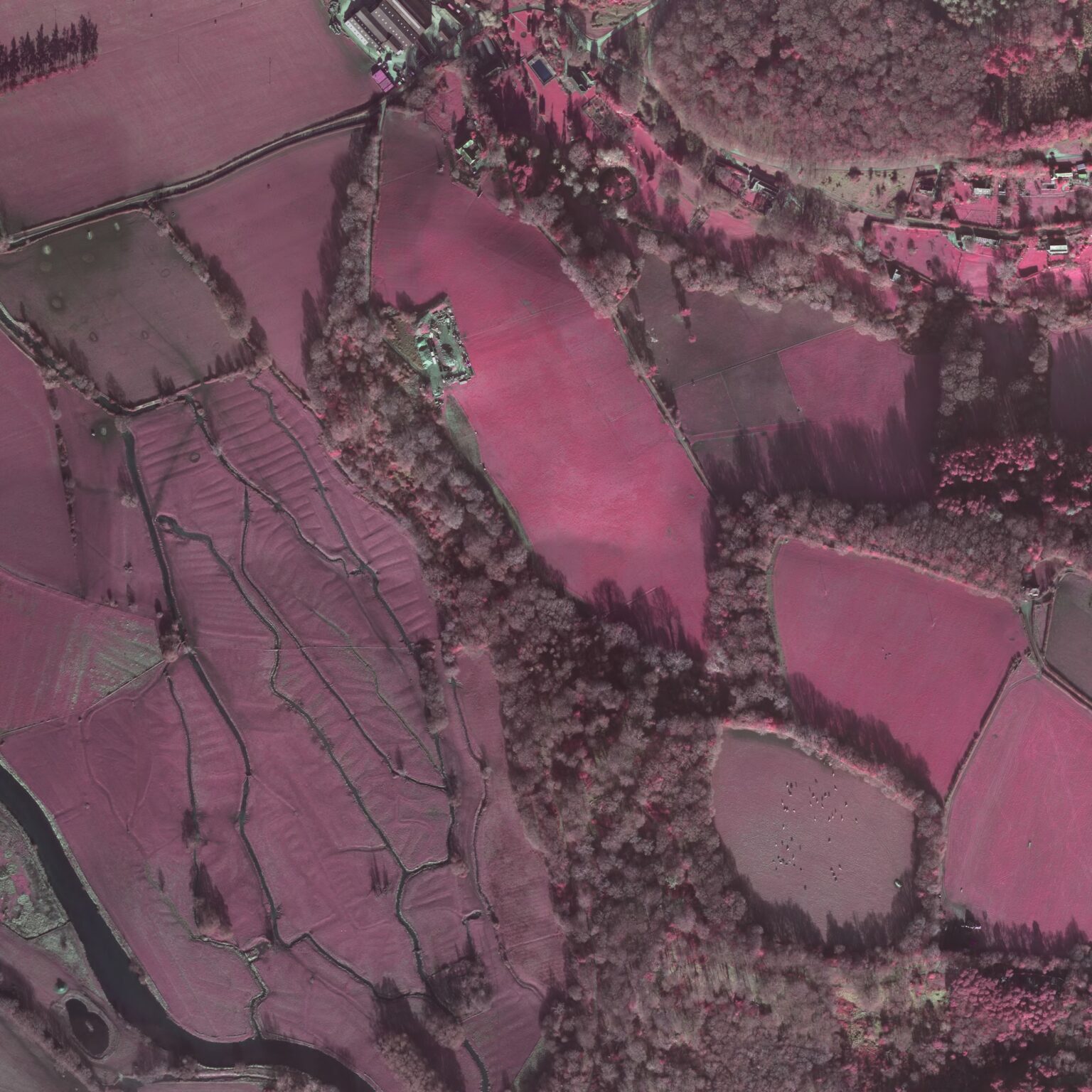Data structure
A logical data structure is essential to any dataset because it allows for data to be easily retrievable, increases effective searches, helps control access, and reduces data loss.
All data deposited with the ADS must be deposited with a logical data structure, however the ADS does not specify what this structure should be. We are happy to work with depositors to help you determine the best structure for your data set. In many cases collections are organised by one of the following options:
Data type
This is where a dataset is structured by the types of data deposited. This method is most suitable for smaller datasets and is the default option for ADS-easy deposits. For example:
- Reports,
- Spreadsheets,
- Images,
- GIS
- Geophysics
Location
Where data are grouped by region or archaeological site such as:
- Stonehenge
- Trench 1
- Trench 2
- Star Carr
- Area A
- Area B
- Hadrian’s Wall
- Mile Castle 48
- Birdoswald
Topic
This is where the data is structured around an archaeological theme, topic or methodology. For example:
- Material Type
- Bone
- Pottery
- Metal work
- Scientific Analysis Type
- Gas Chromatography-Mass Spectrometry
- Isotope Analysis
- C14 Results
- Activity Type
- Excavation
- Geophysics
- Environmental Analysis
- Landscape Analysis
Chronology
This is where the data is structured around a time period of chronology. This might be an archaeological time period or project dates such as:
- Time period
- Bronze Age
- Roman
- Post-medieval
- Excavation Season
- 2019
- 2018
- 2017
Your Data Management Plan should set out the details of the file management system that you will use during your project. This plan should include your data structure as well as you choice of file formats, a file naming strategy and version control system.
The following points highlight key considerations when designing your data structure:
- Create a template
- Record your hierarchy
- Determine the level of granularity that you want to use (i.e. how many subfolders within subfolders)
- Minimise temporary folders and files
- Use a sensible file naming system
- Share your data structure with all team members
- Record any changes to the data structure
- Inform all team members of changes to the data structure



